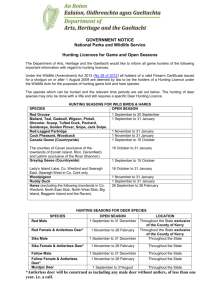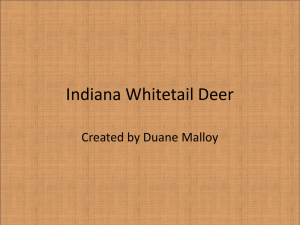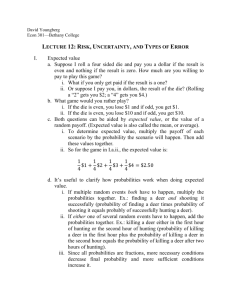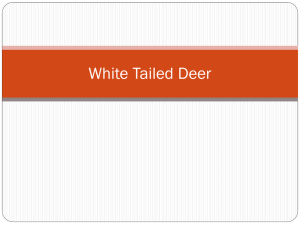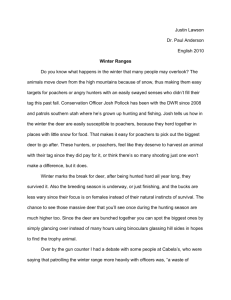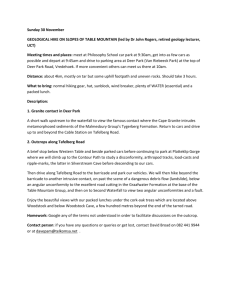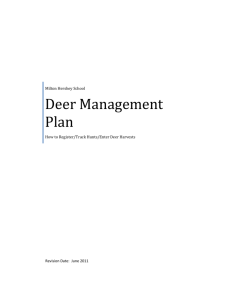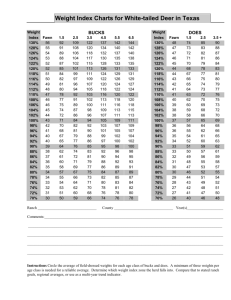Entry/Exit Routes - In Pursuit of Legends
advertisement
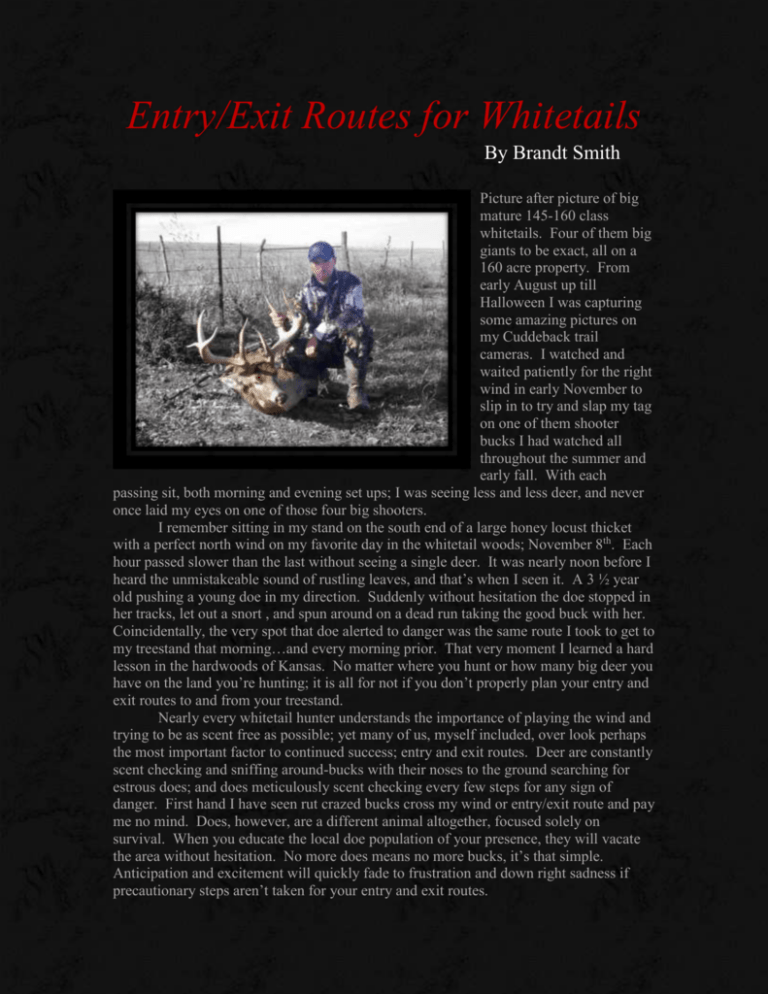
Entry/Exit Routes for Whitetails By Brandt Smith Picture after picture of big mature 145-160 class whitetails. Four of them big giants to be exact, all on a 160 acre property. From early August up till Halloween I was capturing some amazing pictures on my Cuddeback trail cameras. I watched and waited patiently for the right wind in early November to slip in to try and slap my tag on one of them shooter bucks I had watched all throughout the summer and early fall. With each passing sit, both morning and evening set ups; I was seeing less and less deer, and never once laid my eyes on one of those four big shooters. I remember sitting in my stand on the south end of a large honey locust thicket with a perfect north wind on my favorite day in the whitetail woods; November 8th. Each hour passed slower than the last without seeing a single deer. It was nearly noon before I heard the unmistakeable sound of rustling leaves, and that’s when I seen it. A 3 ½ year old pushing a young doe in my direction. Suddenly without hesitation the doe stopped in her tracks, let out a snort , and spun around on a dead run taking the good buck with her. Coincidentally, the very spot that doe alerted to danger was the same route I took to get to my treestand that morning…and every morning prior. That very moment I learned a hard lesson in the hardwoods of Kansas. No matter where you hunt or how many big deer you have on the land you’re hunting; it is all for not if you don’t properly plan your entry and exit routes to and from your treestand. Nearly every whitetail hunter understands the importance of playing the wind and trying to be as scent free as possible; yet many of us, myself included, over look perhaps the most important factor to continued success; entry and exit routes. Deer are constantly scent checking and sniffing around-bucks with their noses to the ground searching for estrous does; and does meticulously scent checking every few steps for any sign of danger. First hand I have seen rut crazed bucks cross my wind or entry/exit route and pay me no mind. Does, however, are a different animal altogether, focused solely on survival. When you educate the local doe population of your presence, they will vacate the area without hesitation. No more does means no more bucks, it’s that simple. Anticipation and excitement will quickly fade to frustration and down right sadness if precautionary steps aren’t taken for your entry and exit routes. Each stand set should have a primary use; whether a morning or evening sit. Before choosing your way in and out you must know when you’re going to be hunting that particular stand. Generally speaking, most deer are in the agricultural fields throughout the night, therefore if I am hunting a property in the morning I gain entry to the stand where deer will least likely sense my presence; preferably utilizing open pasture ground or perhaps a running creek bed (walking through the water until I get to my stand). I will avoid the agricultural fields at all costs in the morning because deer are likely to see and/or smell me. On evening set ups I do the opposite, remembering to avoid where deer are concentrated and most likely to sense my presence. Open pasture ground is still an option, just be careful not to be spotted. Preferably, I like a direct route through a field, putting as little scent in the woods as possible. This is also advantageous if you are planning on hunting a field sit for the evening hunt. I will never walk through the woods I am actively hunting or cross deer trails throughout the woods trying to reach my tree stand or check a trail camera whether morning or evening. If this means that I can’t effectively hunt a particular property with a specific wind because I would have to cross through the woods leaving a scent trail, then I don’t hunt that property at that time. Bottom line, if I can’t get in to a set up without educating deer or minimizing my intrusion, I hunt a different stand set on a different property that is more advantageous. Keep it simple; minimize your intrusion, resist forcing a bad set and you will find more deer in front of your wheelhouse…maybe even one of them big shooters you been watching all summer long. Plan, prepare, execute. Scouting and proper planning leads to continued success. Hunt hard and good luck!


